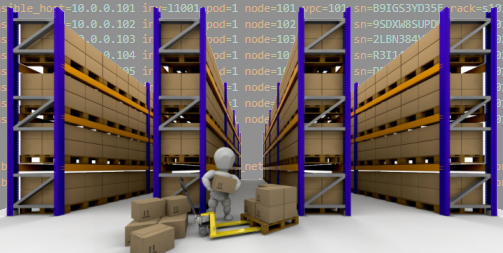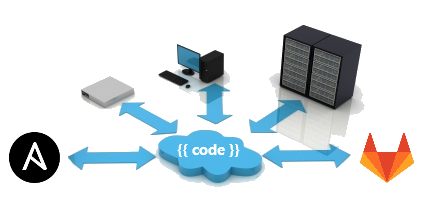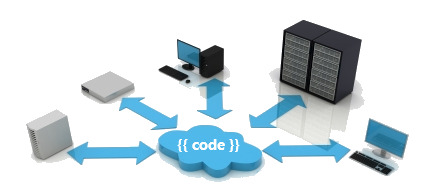
The most important part of any network automation solution is a reliable inventory. In large and complex network environments, a central DCIM like Netbox or Nautobot with dynamically generated inventories seems to be the gold standard.
But many of us start their automation journey with simple text files, following the idea of infrastructure as code. However, even this approach is suitable as a comprehensive device asset management and can even replace existing tooling. Here is the why and how.
Continue reading “Working With Static Inventories”

